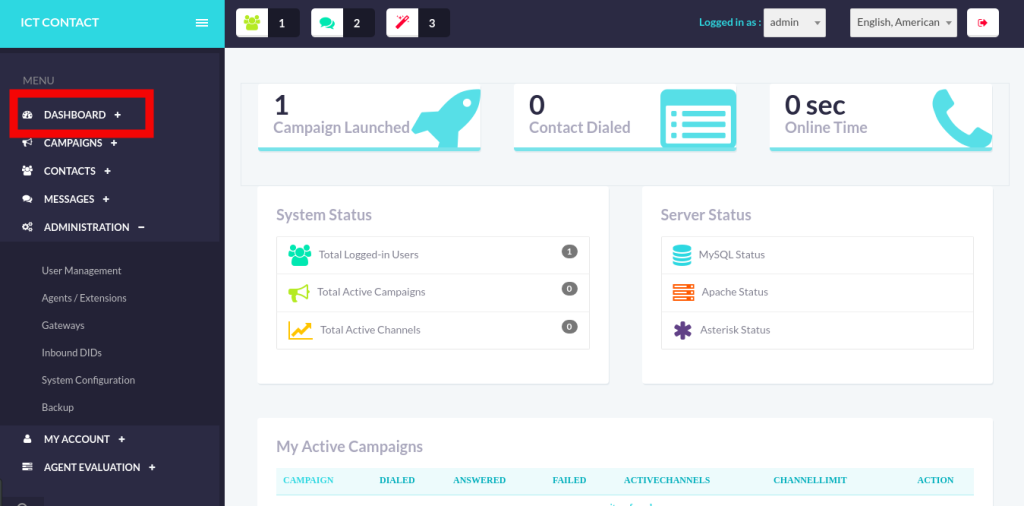In the contemporary digital landscape, contact centers have emerged as indispensable assets for businesses reliant on exceptional customer service. These centers cater to a spectrum of customer interactions, spanning from inquiries and complaints to support requests. Nevertheless, the establishment and maintenance of contact centers can impose substantial financial burdens on organizations, prompting them to seek cost-efficient and streamlined approaches.
An increasingly embraced solution in recent times is open source technology. Rooted in collaborative principles, open source technology entails granting access to software program source code for individuals seeking to modify, enrich, or distribute it. This article aims to delve into the ways by which open source technology can streamline the intricacies of contact center operations, curtail expenditures, and amplify levels of customer contentment.
The bedrock of open source technology rests on collaborative foundations, affording users the freedom to reshape, augment, or disseminate software program source code. This collaborative paradigm in software development has paved the way for an extensive spectrum of open source solutions that hold the potential to expedite contact center processes. Within the confines of this article, we will navigate through the avenues by which open source technology can fine-tune your contact center functionalities, elevate customer gratification, and mitigate financial outlays.

Benefits of Open Source Technology for Contact Centers
1. Cost Savings
In the realm of contact centers, the adoption of open source technology presents a diverse array of advantages, with cost efficiency at the forefront. In stark contrast to conventional contact center software that necessitates substantial initial investments and ongoing upkeep expenses, open source software introduces a prospect to eradicate these financial encumbrances. Through the selection of cost-free, open-source software or the payment for support services exclusively when essential, enterprises can markedly alleviate their fiscal obligations. Moreover, the community-driven essence inherent to open source software cultivates an expansive reservoir of developers capable of consistently refining and modernizing the software, thereby diminishing the necessity for resource-intensive in-house development endeavors.
2. Flexibility
Open source technology also presents an alluring advantage in terms of flexibility. Contact centers often exhibit distinct and specific requisites, demanding software that can be finely tuned to harmonize with these individual needs. Open source software confers accessibility to the underlying source code, affording organizations the capacity to refine and customize it according to their exact specifications. This empowerment fosters the development of a solution intricately attuned to the organization’s demands, while concurrently facilitating seamless adjustments to accommodate shifting market dynamics and evolving customer expectations.
3. Integration
Open source software is designed to be interoperable with other software applications, making integration with existing systems much more straightforward. This makes it easy to integrate with other critical business systems such as customer relationship management (CRM) software, ticketing systems, and workforce management systems, among others.

4. Security
Open source software is often more secure than proprietary software, as the community-driven nature of the development process ensures that bugs and vulnerabilities are quickly identified and addressed. Additionally, with access to the source code, your IT team can identify and address any security concerns directly, rather than waiting for the software vendor to issue a patch.
5. Community Support
With open source software, you have access to a large community of developers and users who can provide support and help with any issues that may arise. This can be especially helpful for organizations with limited IT resources or technical expertise.
Open Source Technology for Contact Center Processes
Asterisk
Asterisk is an open source software platform for building communication applications. It is widely used as a telephony platform for building contact center solutions. Asterisk provides features such as voicemail, IVR, call routing, conferencing, and call recording, among others. With Asterisk, contact centers can create customized solutions that meet their specific needs.

FreePBX
FreePBX is a web-based open source graphical user interface (GUI) that manages Asterisk. It provides a simple and intuitive interface for managing and configuring an Asterisk-based contact center solution. With FreePBX, contact center administrators can manage extensions, call routing, and other telephony features.
VICIdial
VICIdial is an open source contact center solution that provides inbound and outbound call handling, agent management, and call recording. It is designed to be scalable and can handle high volumes of calls. VICIdial provides a web-based interface for managing and configuring the system, making it easy for contact center administrators to manage the system.
Conclusion:
In conclusion, open source technology has revolutionized the way contact centers operate, enabling businesses to streamline their processes and reduce costs while improving customer satisfaction. The benefits of open source technology in contact centers include cost savings, flexibility, integration, security, and community support.
Several open source solutions, such as Asterisk, FreePBX, VICIdial, and SuiteCRM, provide a range of features to meet the specific needs of contact centers. These solutions can be customized to fit the unique requirements of your business, and they offer a scalable and efficient way to manage your contact center operations.
In addition to the benefits mentioned above, open source technology provides businesses with the opportunity to collaborate with a community of developers and users, resulting in faster and more frequent updates and improvements. This collaborative approach to software development is particularly beneficial for contact centers with limited IT resources or technical expertise.
In conclusion, by embracing open source technology, businesses can streamline their contact center processes, improve customer satisfaction, and reduce costs, making it a valuable investment for any business that relies on customer service as a vital part of their operations.
Leveraging Open Source in ICT
